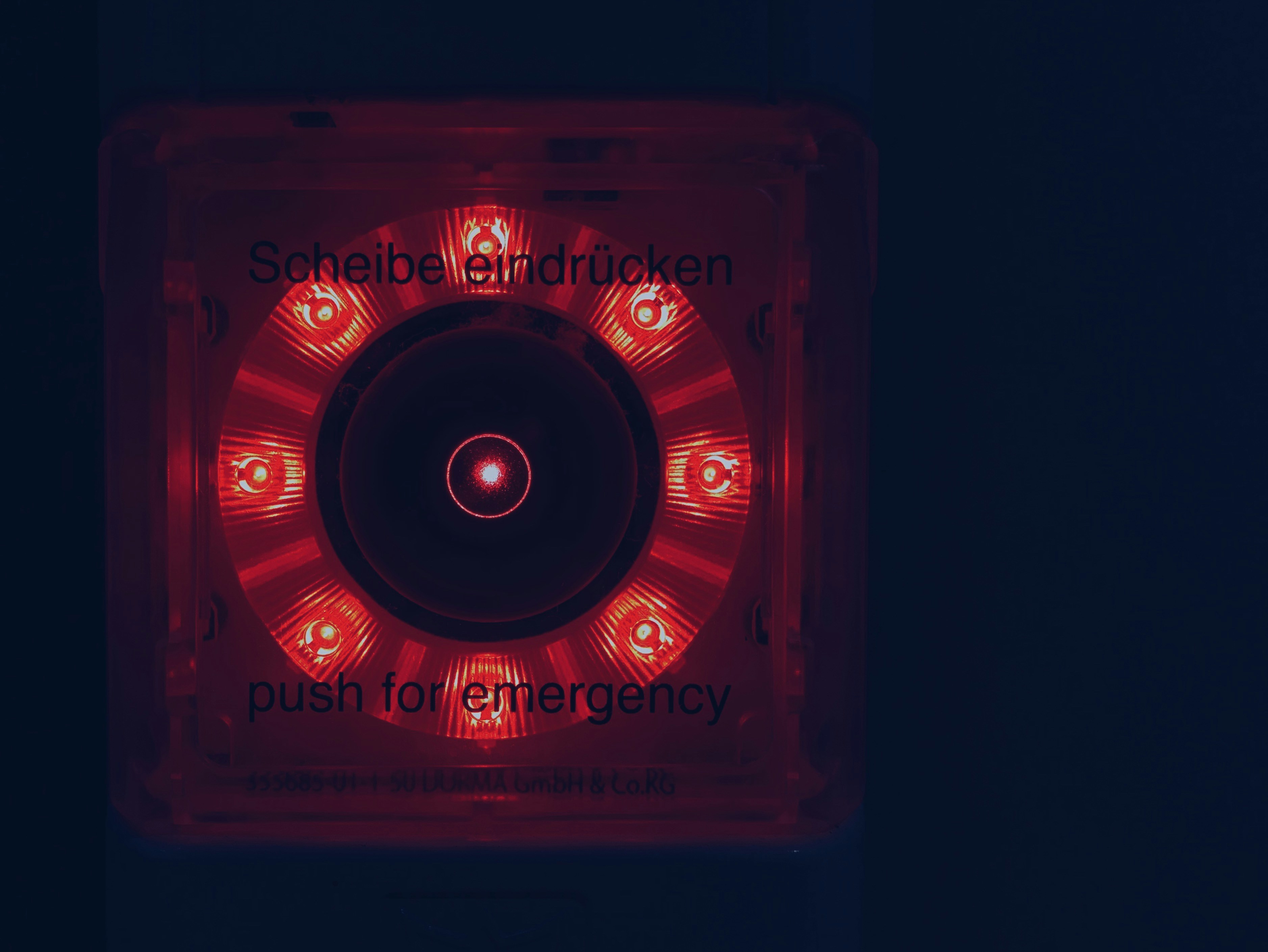
Oxford Instruments Quantum‑Computing Jobs in 2025: Your Complete UK Guide to Building the Hardware of the Quantum Era
Before a superconducting qubit ever executes a gate, it must be cooled to 10 millikelvin, shielded from stray photons and measured with sub‑attoamp precision. For more than 65 years, Oxford Instruments (OI) has supplied the cryostats, magnets and nano‑analysis tools that make cutting‑edge physics possible. Today, its NanoScience division powers quantum labs at Google, IBM, IQM and UK‑RI’s National Quantum Computing Centre. From Proteox dilution refrigerators to Triton X dry systems and Teslatron superconducting magnets, OI hardware is the quiet hero behind nearly every major quantum breakthrough.
With a global headcount of ~2,200 and annual revenue topping £450 m, Oxford Instruments continues to scale—especially in quantum‑tech manufacturing, field service and R&D. The careers portal lists roles across engineering, physics, software and customer success. Whether you want to design ultra‑low‑noise amplifiers, debug fridge wiring at 20 mK or model spin‑qubit devices, this guide explains how to land an Oxford Instruments quantum‑computing job in 2025.
Why Oxford Instruments Is a Top Employer for Quantum ‑ Talent in 2025
1. Direct Impact on a Transformative Industry
Every qubit demo you read about—superconducting, spin or neutral‑atom—likely uses OI cryogenics or measurement tools. Engineers see their work adopted by the world’s most ambitious quantum teams.
2. End‑to‑End Hardware Ecosystem
Oxford Instruments builds dilution refrigeration, cryogenic probe stations, superconducting magnet systems and quantum‑control electronics. Employees can rotate across product lines and develop multidisciplinary expertise.
3. UK Manufacturing & Global Reach
Key facilities include Tubney Woods, Oxfordshire (NanoScience HQ) and Abingdon precision‑manufacturing site—but field engineers travel to customer labs in California, Helsinki, Tokyo and Sydney.
4. Culture of Innovation & Flexibility
OI holds >800 patents and reinvests ~9 % of revenue into R&D. UK staff enjoy flex‑hours, hybrid options for design and software roles, and an inclusive culture that won Best Engineering Employer 2024 (IET Awards).
2025 Hiring Outlook: Dilution Refrigeration & Integrated Quantum Racks
Quantum start‑ups and national programmes are transitioning from single‑digit qubit demos to hundreds‑of‑qubit prototypes. That means bigger fridges, denser wiring and turnkey integration. OI’s 2025 strategy notes:
ProteoxCX rollout – a compact cryostat targeting university budgets.
Quantum Rack 2.0 – pre‑wired RF, microwave and DC bundle with low‑noise amplifiers.
Cryo‑CMOS readout module – joint dev with SemiQon.
To meet demand, Oxford Instruments will add 150 UK roles (80 engineering, 40 production, 30 field service) and 100 international roles.
Hot‑Demand Skills for 2025
• Mechanical design for cryogenics (stainless, OFHC copper, thermal modelling)• Low‑noise RF & microwave engineering (cryogenic LNAs, Eccosorb filters)• Vacuum & leak‑tight plumbing (UHV, indium seals)• Cryo‑electronics & Cryo‑CMOS design (65 nm RF SOI)• LabVIEW & Python automation for fridge control• Finite‑element thermal & structural analysis (ANSYS, COMSOL)• Field‑service skills: wiring, He‑3 handling, vibration analysis
Key UK & Global Sites
• Tubney Woods, Oxfordshire – NanoScience R&D, cryostat design, magnet development.• Abingdon, Oxfordshire – Precision manufacturing, system integration, acceptance testing.• Belfast (Andor Technology) – Quantum‑grade camera sensors & software (cross‑divisional).• Austin, Texas & Santa Barbara, CA – US field‑service depots.• Helsinki, Finland – Cryo‑CMOS partnership labs with SemiQon.
Core Job Families Explained
Below are the job families most in demand at Oxford Instruments, with ATS‑friendly keywords.
1. Cryogenic Mechanical Engineering
Keywords: Thermal Anchoring, Conduction Cooling, FEA, Helium‑Leak Detection
Design thermal stages, support structures and radiation shields for <20 mK environments while meeting space constraints.
2. Electrical & RF Engineering
Keywords: Semi‑Rigid Coax, Eccosorb, Attenuators, SMA & SMPm, Low‑Noise Amplifiers
Engineers route 100+ microwave and DC lines down the fridge, design custom PCB break‑outs and simulate crosstalk.
3. Control Software & Automation
Keywords: LabVIEW, Python, SCPI, PID Control, Data Acquisition
Develop GUI and backend software for fridge cooldown sequences, magnet ramps and remote diagnostics.
4. Field Service & Applications
Keywords: Dilution Refrigerator Commissioning, Pulse‑Tube Maintenance, Customer Training
Travel to customer sites, assemble systems, troubleshoot cooldown failures, and train researchers.
5. Production & Quality Engineering
Keywords: Lean Manufacturing, ISO 9001, TIG Welding, Brazing, Cleanroom Assembly
Manage supply chain, implement 5S, and ensure each fridge meets micro‑leak and vibration specs.
6. Sales Engineering & Product Management
Keywords: Techno‑commercial Proposals, Cryostat Configuration, Quantum Roadmap
Bridge R&D and customers, translate requirements into Bill‑of‑Materials, and guide product iterations.
The Oxford Instruments Hiring Process (UK Focus)
Online Application & CV Screen – ATS looks for cryo/RF keywords; HR checks right‑to‑work.
Phone Interview – motivations, salary range, availability.
Technical Interview – may include SolidWorks white‑board, RF matching exercise or Python script review.
Site Visit & Task – tour labs, complete practical task (e.g., helium‑leak set‑up or wiring plan).
Offer & Pre‑Employment Checks – references, medical questionnaire for field roles.
Typical timeline: four to six weeks.
Graduate, Placement & Apprenticeship Routes
• Oxford Instruments Graduate Scheme – Two‑year rotation (mechanical design, production, field service). Includes external cryogenics course at Royal Academy of Engineering.• Industrial Placement Year – 12 months in design or software engineering; students own a mini‑project validated on a real fridge.• Advanced Manufacturing Apprenticeship – Four years; day‑release mechanical engineering degree via Oxford Brookes.
Applications open October; assessment centres run January–March.
Experienced Hires & Career Paths
Oxford Instruments has dual ladders: Professional (IC) and Leadership. • Senior Cryogenic Design Engineer – £60k–£72k base + 8 % bonus.• Principal RF Engineer – £75k–£85k base + car allowance.• Global Field Service Manager – £80k–£90k base + travel uplift.
What Salary & Benefits Can You Expect in 2025?
• Graduate Mechanical Engineer – £34k–£36k base + £2k welcome bonus.• Field Service Engineer – £45k–£55k base + overtime.• Software Automation Engineer – £50k–£60k base + hybrid‑working allowance.
Benefits: 25 days’ holiday (+ buy/sell), 7 % pension, private medical, annual profit‑share (£1,500 average), share‑incentive plan, and on‑site gym at Tubney Woods.
Remote, Hybrid & Travel Considerations
• Hybrid Work – Design/software roles up to 3 remote days. Manufacturing & test require site presence.• Field Roles – 50–70 % travel, sometimes on short notice.• Visa Sponsorship – Skilled‑Worker visas for senior cryogenics and RF experts.
Stand‑Out Application Tips
Demonstrate Hands‑On Skills – mention cryostat builds, vacuum systems, or RF test benches you’ve run.
Quantify Performance – "Reduced cooldown time from 36 hrs to 28 hrs by optimising He‑4 circuit."
Show Safety Culture – discuss handling cryogens, magnetic‑field hazards, or cleanroom protocols.
Highlight Collaboration – cross‑talk with quantum algorithm teams shows breadth.
How QuantumComputingJobs.co.uk Can Help
• We index every Oxford Instruments vacancy daily and tag skills like “Dilution Fridge”, “RF Engineering” or “Cryo‑CMOS”.• Our 2025 UK Quantum Salary Guide benchmarks OI against Bluefors, AQT and SEEQC.
Create Your Job Alert in Seconds
Register with your email.
Select Employer → Oxford Instruments and skill tags.
Choose alert frequency and click Save.
FAQ (2025)
Does Oxford Instruments hire non‑UK nationals?Yes—visa sponsorship for critical cryo‑talent; field roles require extensive travel flexibility.
Which CAD and simulation tools are key?SolidWorks for design, ANSYS Icepak for thermal, HFSS for RF modelling.
Can I work fully remote?Only certain software roles; hardware design and test need lab access.
Do I need a PhD?Beneficial for R&D but many engineers hold BEng/MEng plus industry experience.
How fast is the hiring loop?Four to six weeks; urgent field‑service hires can be expedited.
Conclusion: Cool Down, Gear Up, and Build Quantum Futures
Quantum breakthroughs need ultra‑cold, ultra‑stable hardware—and that’s Oxford Instruments’ speciality. Whether you’re machining copper stages, coding fridge automation or commissioning systems worldwide, your work keeps the quantum revolution humming.
Ready to get to milli‑kelvin? Browse the latest Oxford Instruments quantum‑computing jobs on QuantumComputingJobs.co.uk or head to the OI careers portal (oxinst.com). Your next gig could be the coolest job on Earth—literally.


